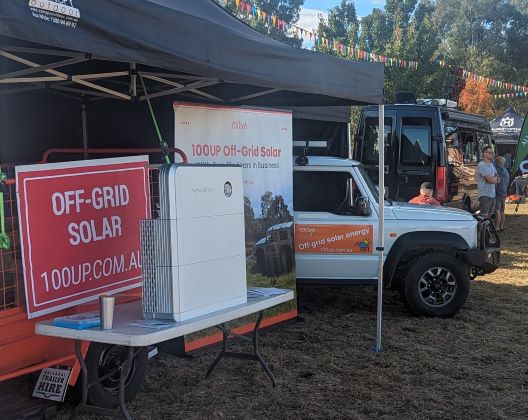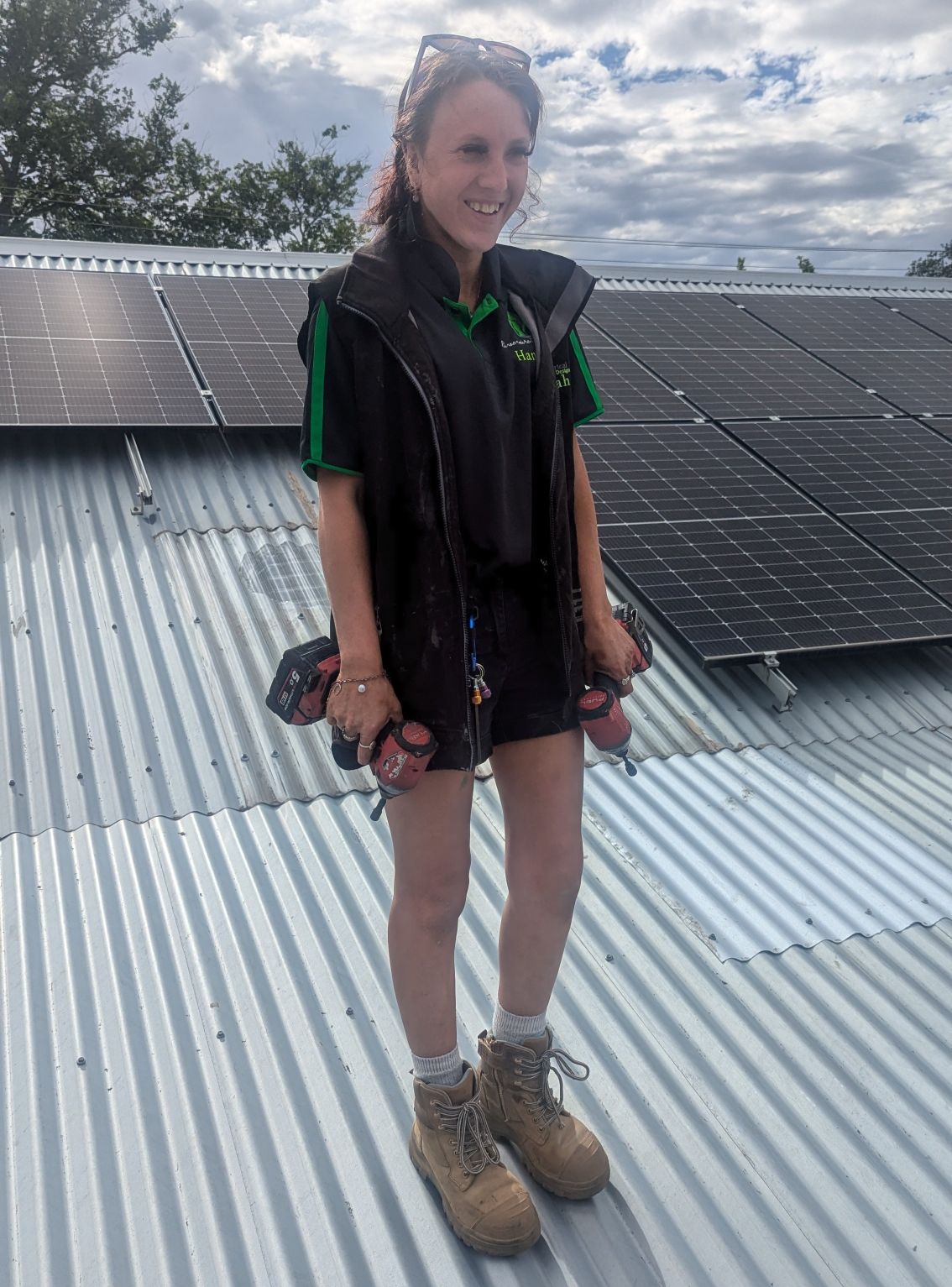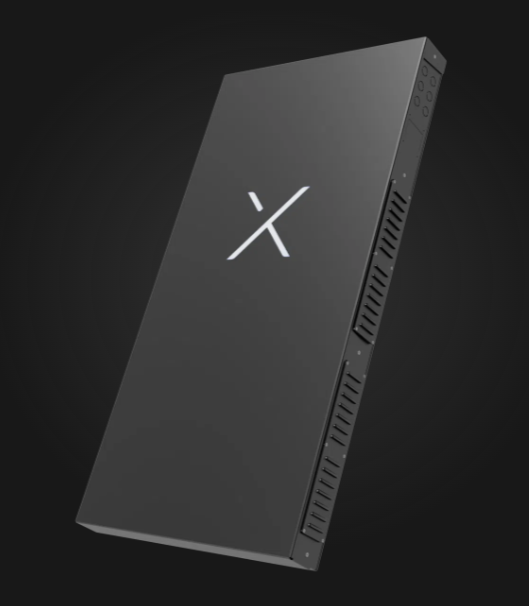
Currently, solar installers categorize systems into three different types:
Grid-Connected Solar System: This system consists of only solar panels and an inverter connected to the grid, with no batteries. Any excess power generated is fed into the national grid.
Hybrid Solar System: This system includes three components: solar panels, a hybrid inverter, and a battery bank, all connected to the grid. However, this type of system often cannot provide backup power to the house if the grid goes down.
Off-Grid or Standalone Solar System: In this type of system, a generator can be connected as a backup. The solar energy system serves as the primary energy supply, independent of the national grid.
For those who have never had any experience with solar energy, this can seem very complicated. Many people become disappointed when they purchase a hybrid grid-connected solar system with a battery and realize that it provides very limited backup. Additionally, they often find that their power bills continue to arrive as usual, despite their investment in solar energy.
Currently, and finally, the solar energy industry is beginning to understand what people really expect when they install solar panels. The expectation is that the system should be the primary power supply for the home, with the grid serving merely as a backup generator.
Additionally, looking at the evolution in solar terminology, there has been significant simplification. Ten years ago, discussions about solar panels often involved confusing terms like monocrystalline panels, polycrystalline panels, HT technology, and thin-film solar panels. Fortunately, this terminology has been simplified for the end consumer, and now it’s just referred to as “solar panels.”
Another once-unknown term for many consumers was “inverter.” There used to be long explanations about what it does and why it needs to be included with solar panels. Salespeople were very particular in telling customers that this is an important device.
Then came batteries into play. The focus shifted to lithium batteries, with LG and Tesla being the first big movers for home battery systems. One point of confusion was that people were not used to seeing batteries that didn’t look like car batteries. The capacity of batteries started being calculated in kilowatt-hours (kWh) instead of ampere-hours (Ah), as some people were accustomed to. However, for most people, battery capacity remains a mystery.
Now, as a result of this evolution, we are moving towards a simpler approach and more consumer-friendly terminology. Soon, all the complex terms mentioned above will be replaced, and we expect that “inverter” will only be used by technical people involved in installations and manufacturing. The final consumer will distinguish, and in many cases already does distinguish, only two main components: solar panels and batteries.
Finally, I believe we will have one system, which will very likely be called the Solar Power System or Solar Panels System. This system will automatically be assumed to include a solar battery. It will always be assumed that if you install solar panels, they will come with a battery and will serve as the primary power supply for the home.



